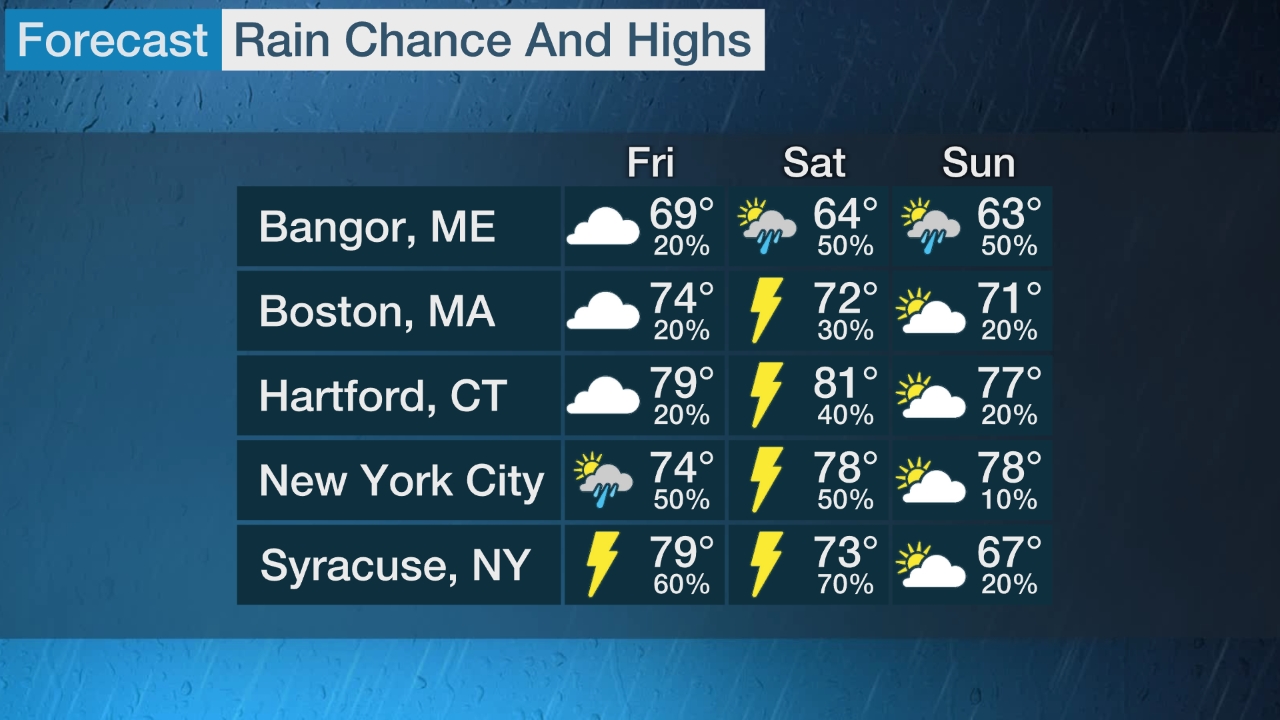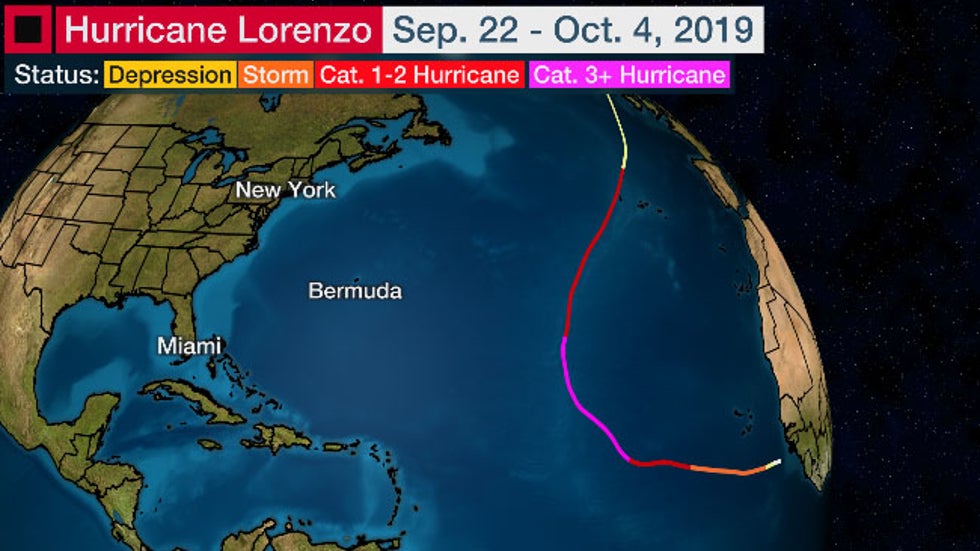Chris Dolce
Hurricane Lee's swells are generating a dangerous threat of rip currents and high surf along the East Coast, providing a reminder of how storms hundreds of miles away from a location can still be an indirect danger.
(MORE: Hurricane Lee Forecast)
Here's where alerts for rip currents are in effect right now: A broad stretch of the East Coast from Florida's Atlantic beaches to New England have alerts posted by the National Weather Service for dangerous rip currents, as depicted by the blue shading in the map below.
Keep this in mind if you live near or plan to head to the Atlantic beaches this week. Stay out of the water, especially if red flags are flying.

How a hurricane can still be a danger despite passing offshore: Winds blowing over the ocean produce waves. In the case of a hurricane, these strong winds blowing over larger areas of the ocean generate waves that propagate away from the storm, known as swells.
For a hurricane in the western Atlantic Ocean like Lee, these swells propagate toward east-facing beaches along the East Coast.
The swells can then create rip currents, which are strong but narrow currents that flow away from the beach. Rip currents can form at any beach with breaking waves.
In the past 10 years, rip currents have contributed to an average of 71 deaths annually. Tens of thousands of rip current rescues occur on U.S. beaches each year, according to the National Weather Service.
(MORE: How To Spot A Rip Current)

Several recent hurricanes have been deadly with tracks even farther offshore: You only have to go back to earlier this month for an example of how hurricanes and their post-tropical remnants can create deadly rip currents.
At least eight deaths were blamed on rip currents generated by swells in the western Atlantic from Idalia and Franklin, the Associated Press reported.
In 2021, Hurricane Larry passed east of Bermuda, but was blamed for five U.S. rip current deaths. Two people were killed in U.S. territories Puerto Rico and St. Croix, and three additional lives were lost in Florida, South Carolina and Virginia.
Hurricanes Teddy and Paulette in 2020 also both tracked near Bermuda but contributed to a combined three rip current deaths on the East Coast and two in Puerto Rico.
Perhaps the most distant recent example was 2019's Hurricane Lorenzo. This hurricane topped out at Category 5 strength almost 2,000 miles from North Carolina’s Outer Banks, the strongest on record in the eastern Atlantic Ocean.
Despite that massive distance, dangerous surf or rip currents generated from Lorenzo were responsible for eight deaths along the East Coast, including a pair of teenagers at Rockaway Beach, New York; a fisherman who fell in the water in Rhode Island; a swimmer in Vero Beach, Florida; and four who died on the beaches of North Carolina’s Outer Banks.

Chris Dolce has been a senior meteorologist with weather.com for over 10 years after beginning his career with The Weather Channel in the early 2000s.
The Weather Company’s primary journalistic mission is to report on breaking weather news, the environment and the importance of science to our lives. This story does not necessarily represent the position of our parent company, IBM.
The Weather Company’s primary journalistic mission is to report on breaking weather news, the environment and the importance of science to our lives. This story does not necessarily represent the position of our parent company, IBM.

No comments:
Post a Comment